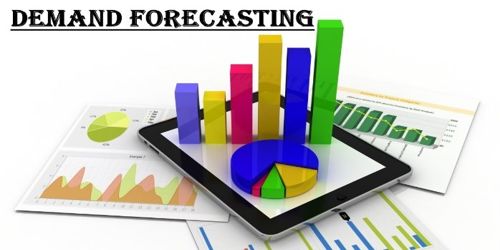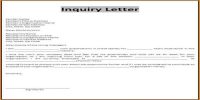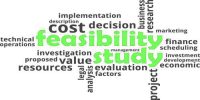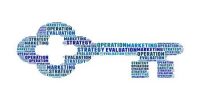The methods that available for Demand Forecasting
Demand forecasting is the activity of estimating the quantity of a product or service that consumers will purchase. It refers to the process of predicting the future demand for the firm’s product. These categories include, but are not limited to: quantitative, qualitative, time series methods, and casual methods.
(a) Qualitative methods: These types of forecasting methods are based on judgments, opinions, intuition, emotions, or personal experiences and are subjective in nature. They do not rely on any rigorous mathematical computations.
The qualitative method included:
- Executive Opinion: Approach in which a group of managers meet and collectively develop a forecast.
- Market Survey: Approach that uses interviews and surveys to judge preferences of customer and to assess demand.
- Sales Force Composite: Approach in which each salesperson estimates sales in his or her region
- Delphi Method: Approach in which consensus agreement is reached among a group of experts.
(b) Qualitative Assessment Method: Qualitative assessment is a subjective method used and is based on how customers and experts think or feel a product will sell. This method incorporates strategies such as the historical life cycles of similar products, and market research.
The quantitative method included:
- Time-Series Models: Time series models look at past patterns of data and attempt to predict the future based upon the underlying patterns contained within those data.
- Exponential smoothing: Exponential smoothing is a technique that can be applied to time series data, either to produce smoothed data for presentation or to make forecasts. The time series data themselves are a sequence of observations.
- Moving average method: In this method, the forecast for the next period is equal to the average of sales for several preceding periods.
Casual Methods: Other methods included in demand forecasting include casual methods. These methods work under the assumption that underlying incidents can affect sales numbers of products and services. Examples of casual methods include holidays and seasons that boost sales of certain items.
- Chain ratio method: This method applies a series of factors to determine the demand.
- Consumption level method: This method is used for those products that are directly consumed. This method measures the consumption level on the basis of elasticity coefficients.
- End-use method: This method forecasts the demand based on the consumption coefficient of the various uses of the product.
- Leading indicator method: This method uses the changes in the leading indicators to predict the changes in the lagging indicators.
- Econometric method: An advanced forecasting tool, it is a mathematical expression of economic relationships derived from economic theory.
The forecast is becoming the sign of survival and the language of business. All requirements of the business sector need the technique of accurate and practical reading into the future. Forecasts are, therefore, a very essential requirement for the survival of a business. Management requires forecasting information when making a wide range of decisions.















